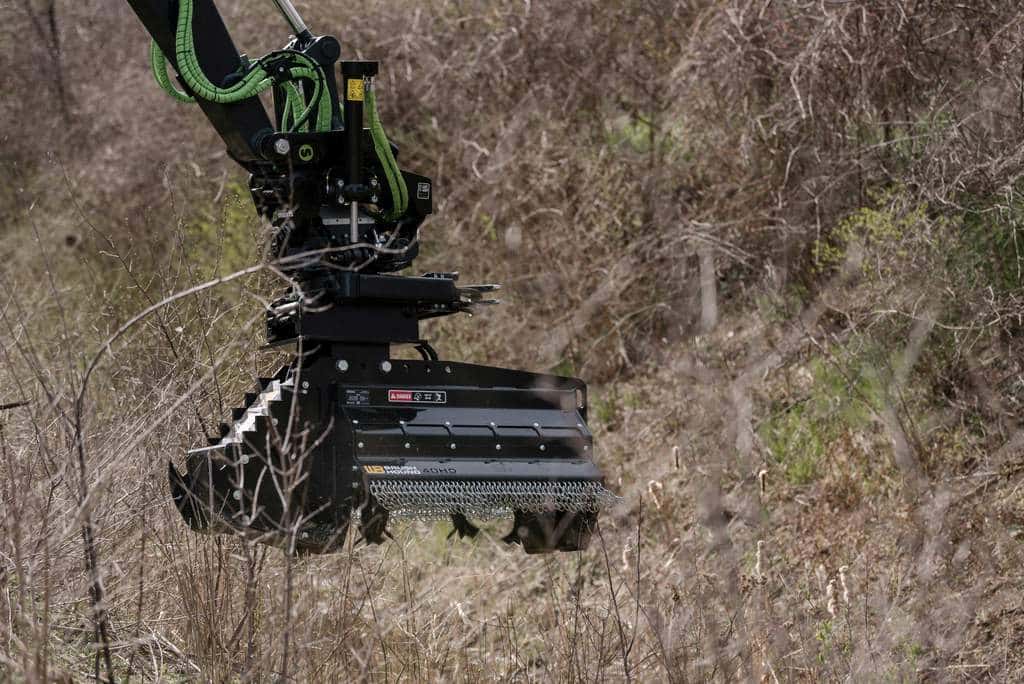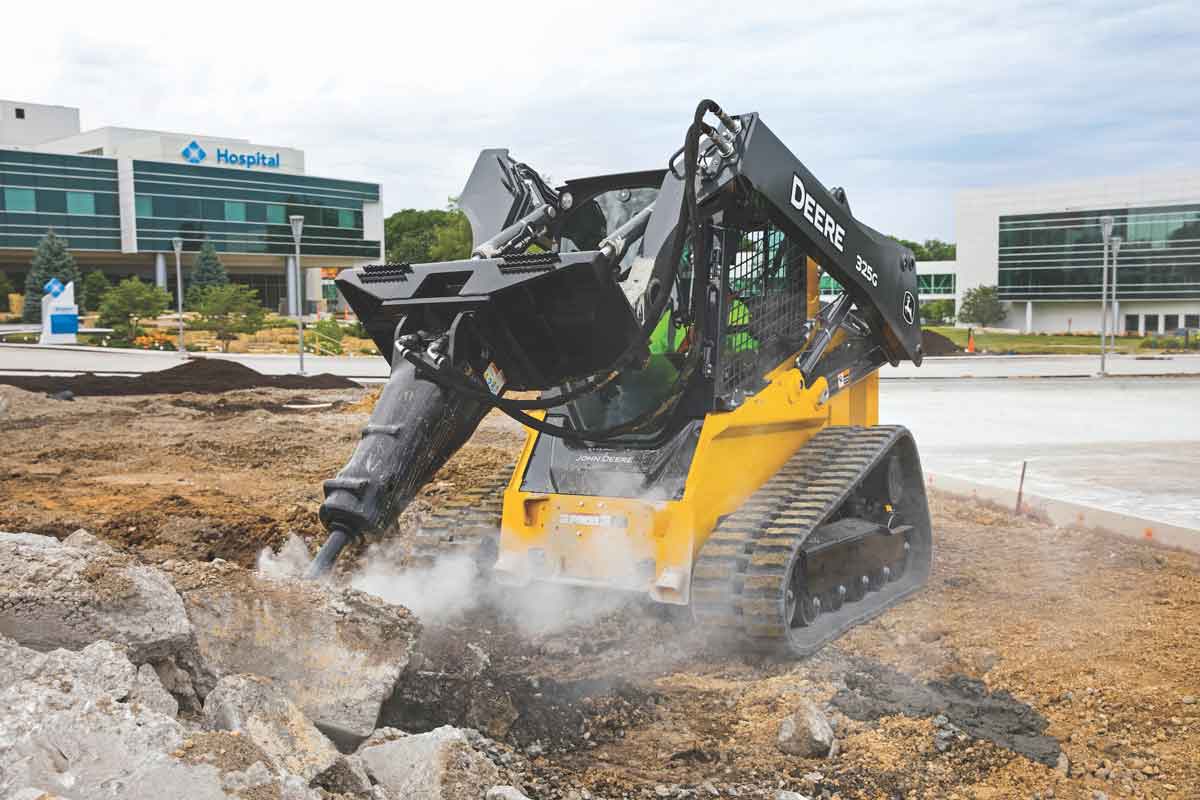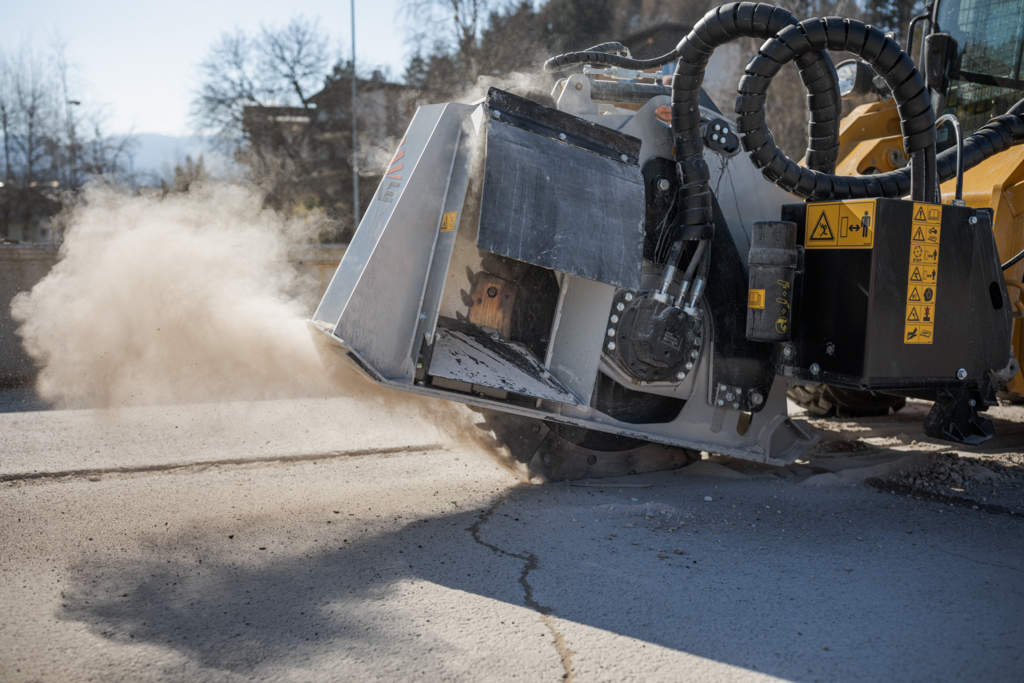Holey Attachments: Danuser to Introduce New EP Auger System for the Construction Industry

Danuser is introducing its new EP Auger System offering high torque and quick, easy maintenance for construction applications. Planned for release this spring, the new EP earth auger is a robust, American-designed planetary gear drive and motor rated up to 3,500 PSI which delivers greater torque for drilling through hard, compacted surfaces. The planetary also features easily accessible check and fill plugs which means fast, simple maintenance.
“The EP Auger System is built with a Danuser planetary manufactured to our engineering design, creating a planetary with up to 42 percent more output torque strength than competitor models,” said company co-owner, Glenn Danuser. “We’re also offering an array of models, ranging from 6 to 35 GPM and from 1,500 to 3,500 PSI, making this a very versatile tool for the construction industry.”
Danuser added that hoses are routed out of the top of the drive unit, secured with bulkhead nuts, to allow for deeper digging in tighter spots with better hose protection. All drive units ship with 45-degree fittings installed. Other improvements include a beefy skid-steer quick attach mount which fits both skid-steers and front-end loaders. A hose holder spring kit is included on skid-steer and offset tractor loader mounts.
Other features of the EP Auger System include:
- 2” hex output spindle.
- Quick attach mounts that offer an adjustable cradle with two positions for transporting at 15- or 30-degree angles.
- Mounts that are available for skid-steers, front-end loaders, backhoes and excavators.
- A five-year warranty and a lifetime warranty covering the unit from output spindle pullout.
To learn more, contact your Danuser dealer or visit Danuser.com.





Comments are closed here.